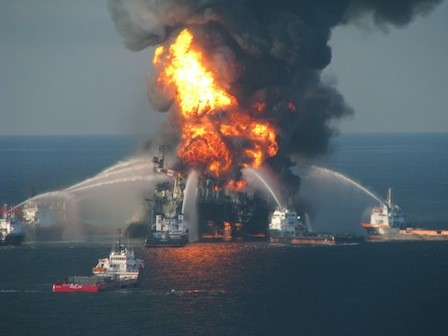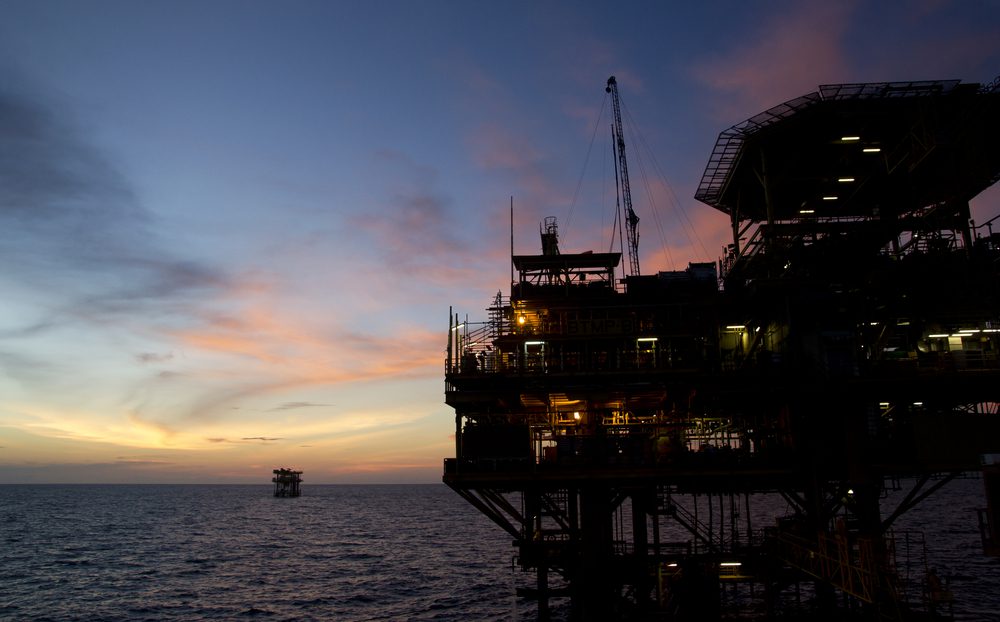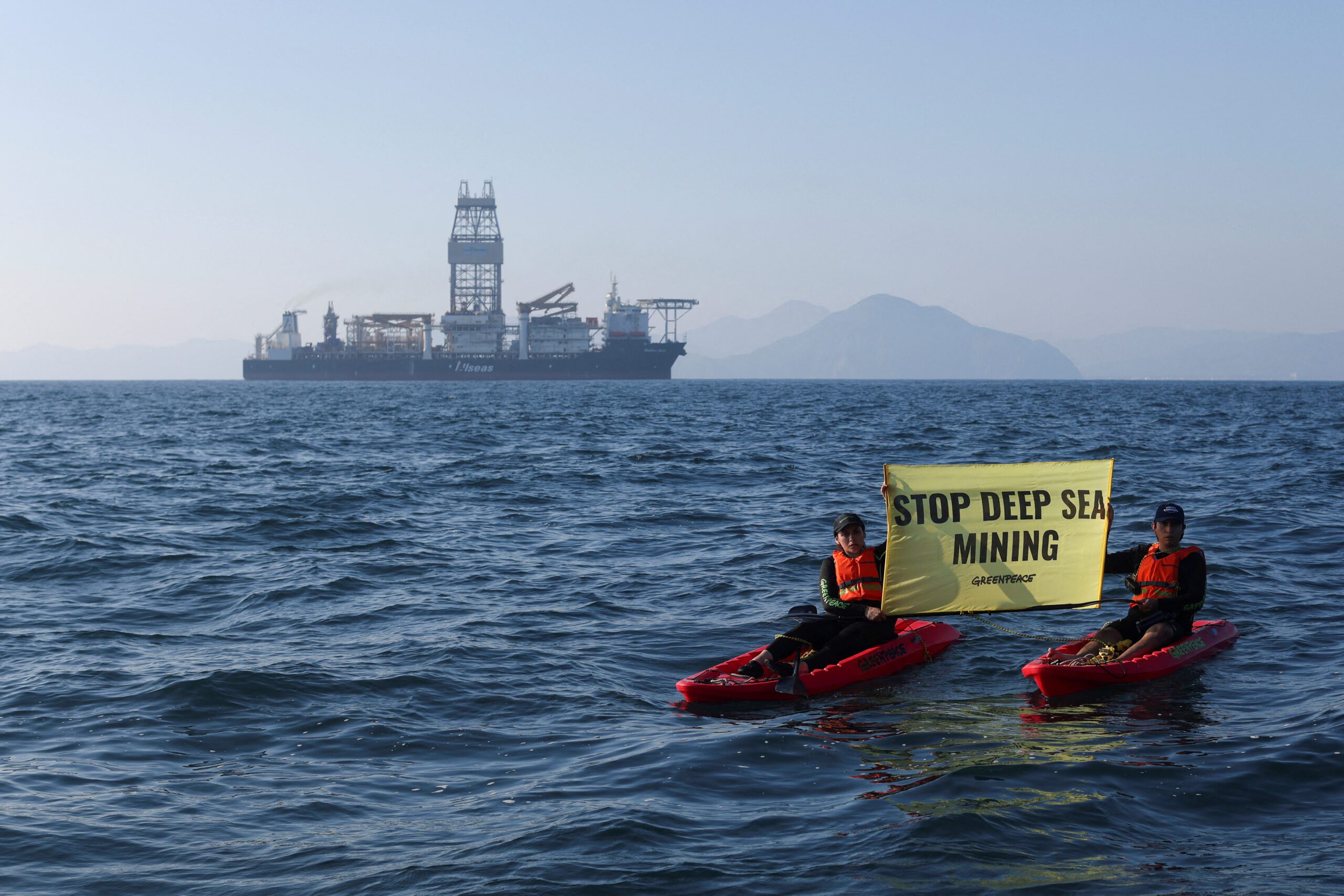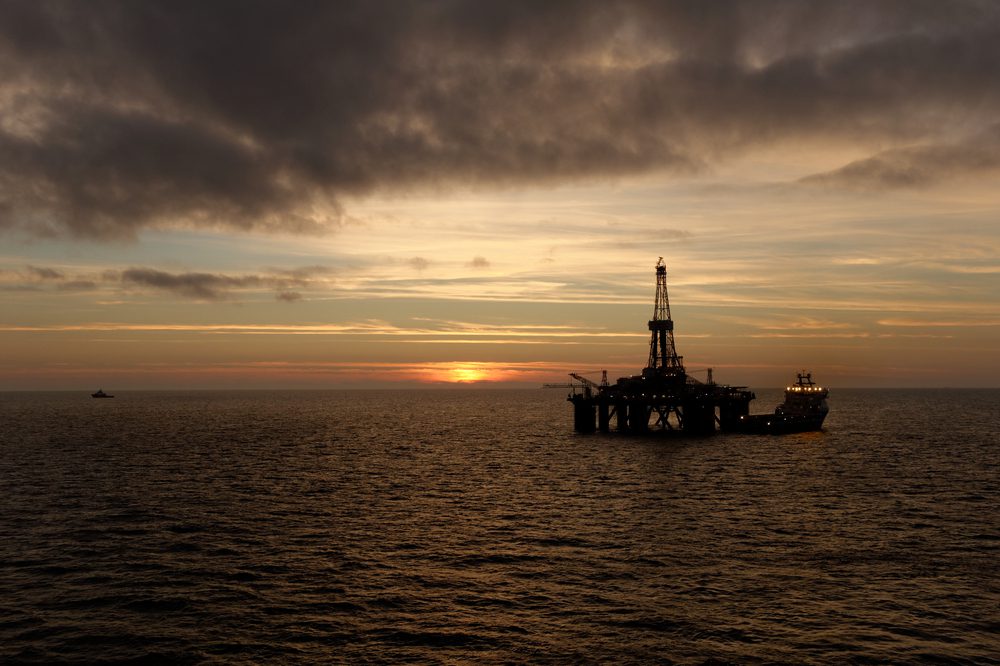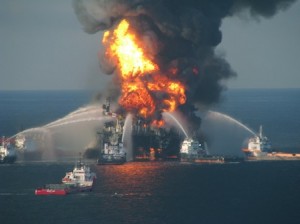
By Angel Gonzalez
An internal investigation by Transocean Ltd. determined that a series of risky decisions made mostly by BP PLC led to the Deepwater Horizon oil-spill disaster, contrasting with earlier U.S. government reports that put a large share of the blame on the Switzerland-based offshore-drilling contractor.
The decisions in the two weeks leading up to the incident were made because BP worried that it was running out of time, according to the Transocean investigation, released Wednesday. The U.K. oil company was concerned that the high-pressure injections of mud and cement needed to keep the deep-water well sealed would end up fracturing the rock formation that held the oil in the reservoir, endangering future exploitation of the new discovery, the Transocean report said.
BP couldn’t immediately be reached for comment.
Transocean owned the doomed Deepwater Horizon drilling rig, which was drilling BP’s Macondo well in the Gulf of Mexico. In April 2010, the rig exploded and sank, killing 11 and touching off the worst marine oil spill in U.S. history. The well spewed 4.9 million barrels of crude oil before it was sealed.
The results of the Transocean probe are part of an continuing legal saga, in which BP and the U.S. government have also produced lengthy reports. An investigation by the White House blamed BP, as well as Transocean and Halliburton Co., the company in charge of cementing the well shut. That report criticized Transocean for failing to communicate to its crew lessons from an earlier near-miss in the North Sea that was “eerily similar” to the Gulf of Mexico blowout.
In April, an investigation by the U.S. Coast Guard offered a damning critique of Transocean, saying improper maintenance, insufficient staff training and badly designed safety systems contributed to the deadly explosion. The company had disputed the report, and claimed documentary evidence in the Coast Guard’s possession refuted key findings in their report.
The U.S. Department of the Interior and the Coast Guard are scheduled to issue a final report on the incident by late July at the latest.
Analysts with Tudor, Pickering, Holt & Co., an energy research firm in Houston, said the Transocean report was “no surprise.” In a note, the analysts said: “Liability is ultimately going to be decided by the courts.”
According to its probe, Transocean said well design, construction and temporary-abandonment decisions, many made by BP in the two weeks leading up to the incident, compounded the likelihood of failure.
In addition, Transocean said Halliburton and BP didn’t adequately test the cement-slurry program, despite risks associated with the design.
Halliburton, one of the world’s largest oilfield-service providers, said in a statement it remains confident that all the work it performed in the Macondo well “was completed in accordance with BP’s specifications for its well construction plan and instructions,” and that its contract protects it from liability.
“Deepwater operations are inherently complex and a number of contractors are involved which routinely make recommendations to a single point of contact, the well owner,” the company said.
Transocean acknowledged that all the parties involved in the drilling of the Macondo well misinterpreted the results of a negative pressure test that indicated there was coming trouble. But “the responsibility remains with BP,” which, being the operator of the well, called the shots aboard the rig, Bill Ambrose, manager of Transocean’s North American division, said during a conference call.
Transocean also reiterated that the blowout preventer it placed at the top of the well—and which failed to prevent the blowout—was properly maintained and operated. The blowout preventer failed because the extreme pressure coming up from the well made the drill pipe bow within the device, a finding made by independent agency Det Norske Veritas and that was included in a previous U.S. government report.
Melodie Warner contributed to this article.
(c) 2011 Dow Jones & Company, Inc.

 Join The Club
Join The Club



